The Second ISCA Experience
07 Jul 2019 | personal, architecture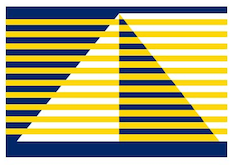 This post is about my recent trip to Phoenix, Arizona for presenting my work titled “Sangam: A Multi-component Core Cache Prefetcher” at The 3rd Data Prefetching Championship held in conjunction with ISCA 2019.
This post is about my recent trip to Phoenix, Arizona for presenting my work titled “Sangam: A Multi-component Core Cache Prefetcher” at The 3rd Data Prefetching Championship held in conjunction with ISCA 2019.
This year ISCA was held at the same place with a bunch of other conferences as part FCRC.
Data Prefetching
Data prefetching is a well researched problem which has attracted a lot of researchers over the last three decades. The first and second data prefetching championships were held in the year 2009 and 2015 respectively.
Prefetching is a technique for speeding up fetch operations by beginning a fetch operation whose result is expected to be needed soon (courtesy wikipedia). Cache prefetching is a technique that involves fetching data from the slower main memory to the faster caches before the processor requires it.
The competition focused on hardware prefetchers for single and multicore processors. This is the only technical part in the entire post as the rest focuses on my experiences and interactions at the conference.
Before conference
I decided to participate in Data Prefetching Championship (DPC) with the hope to spend my weekends productively and give computer architecture a try again. I decided to contact Prof Mainak to mentor me for this endeavor.
Prof Mainak was kind enough to mentor me for the project and provided the necessary mentoring and compute resources. Initially, I started working on DPC on weekends but soon realized that it is not something that can be done only on weekends. I started putting time during weekdays after office as well.
I was in constant touch with Prof Mainak through emails. We were able to submit by the deadline. Our paper was one of the 8 submissions selected to be presented at the championship. We decided that I would be the one to present the paper at the conference. Hence I booked my tickets and accommodation for Arizona. This time around it was much less effort than the last time as I already had the multi entry US visa.
During conference
I was in Arizona from 21st-26th June. The conference started from 22nd and my presentation was on 23rd. This time around I was able to socialize with people more easily as compared to last time. It does become easier the second time around. I was staying at a nearby airbnb. The thing that amazed me was the fact that after walking a few blocks from downtown I was able to find spacious single story homes. This indicates how spread out Phoenix as a city is.
Day 1
I attended the “ARCH-SEC: Side and Covert Channels: Attacks and Defense” workshop. The workshop had a great hands-on session where they were able to demonstrate side channels without any noise.
I was not interested in any of the other workshops so I used the rest of the day to interact to people who were hanging out in the corridors. This time it was different for me than the last time as I went to the conference without any specific agenda or a list of people whom I wanted to interact with.
The thing that most people found interesting about me was the fact that I am working in Korea and I worked on this project out of my work hours. I guess both are a rarity in the architecture community. But it came in handy as a good ice breaker to start the conversations.

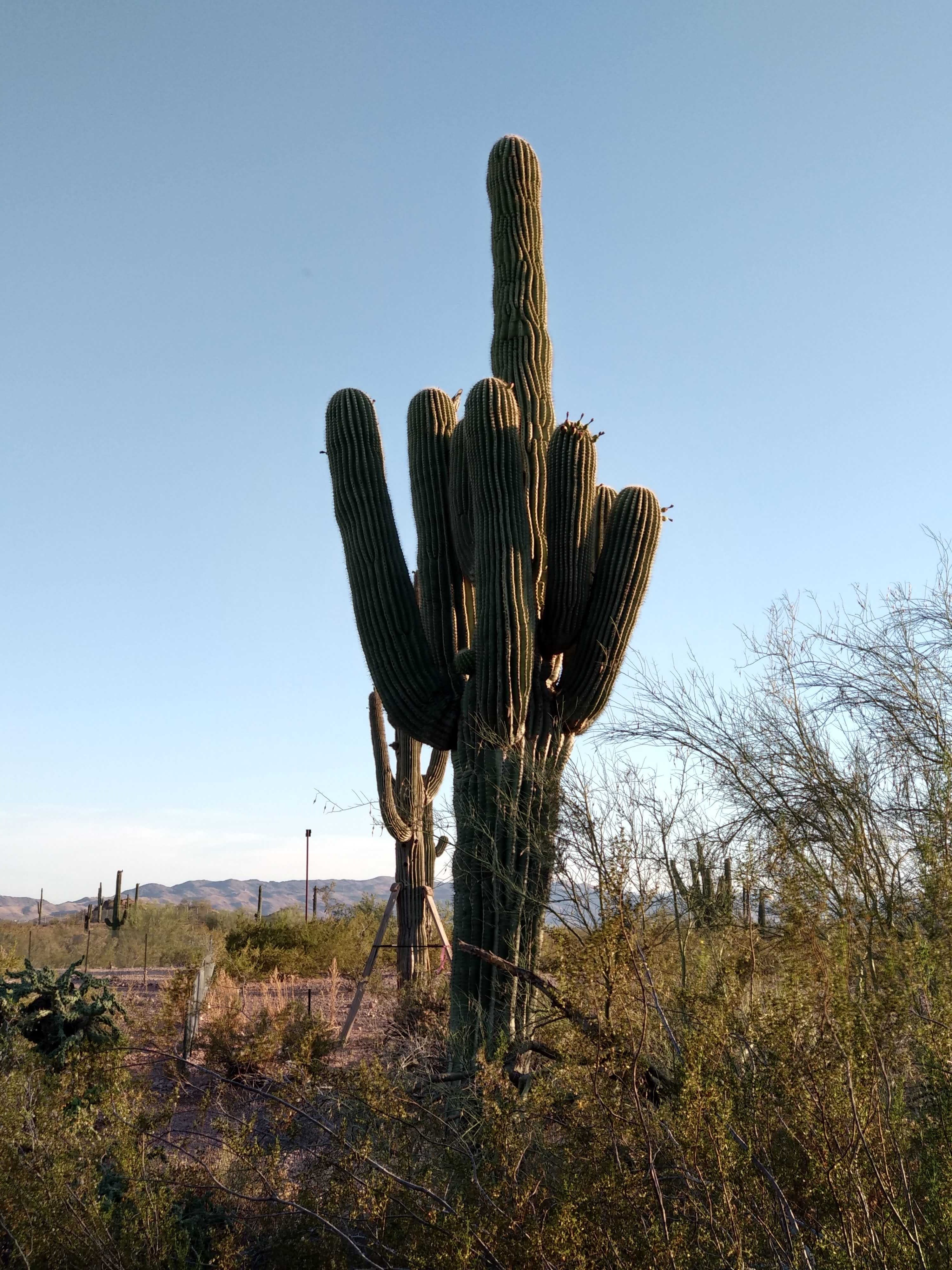
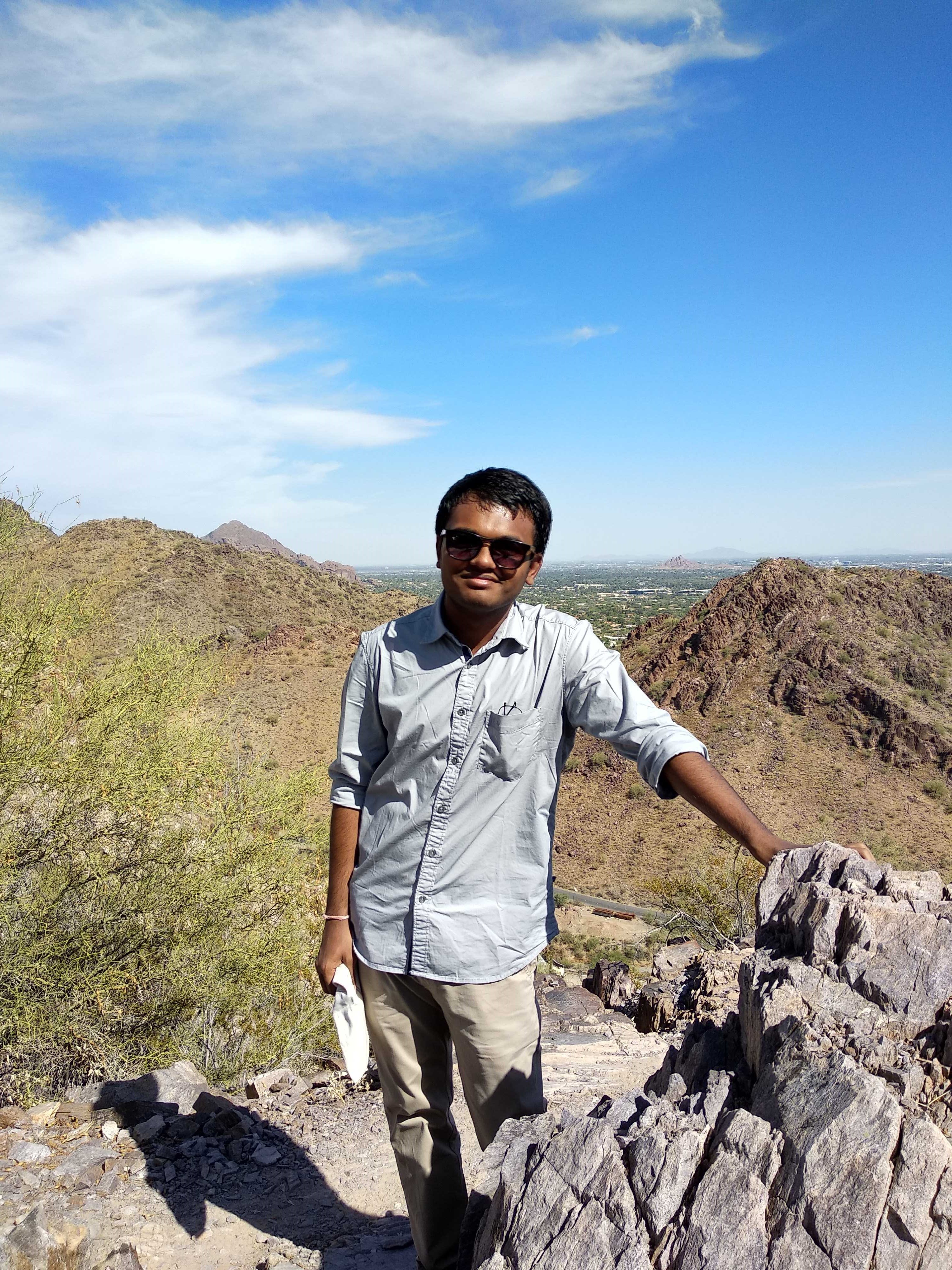
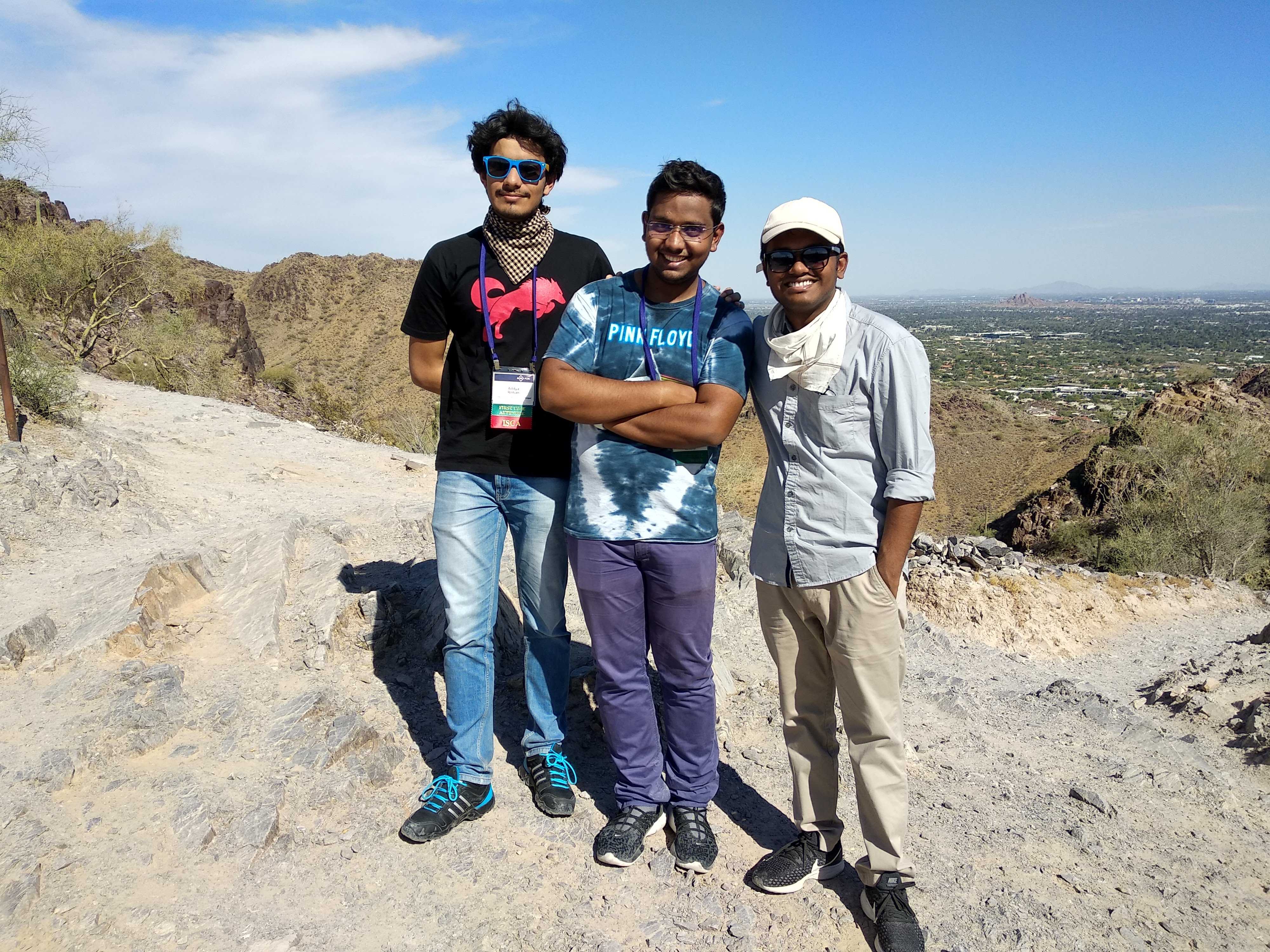
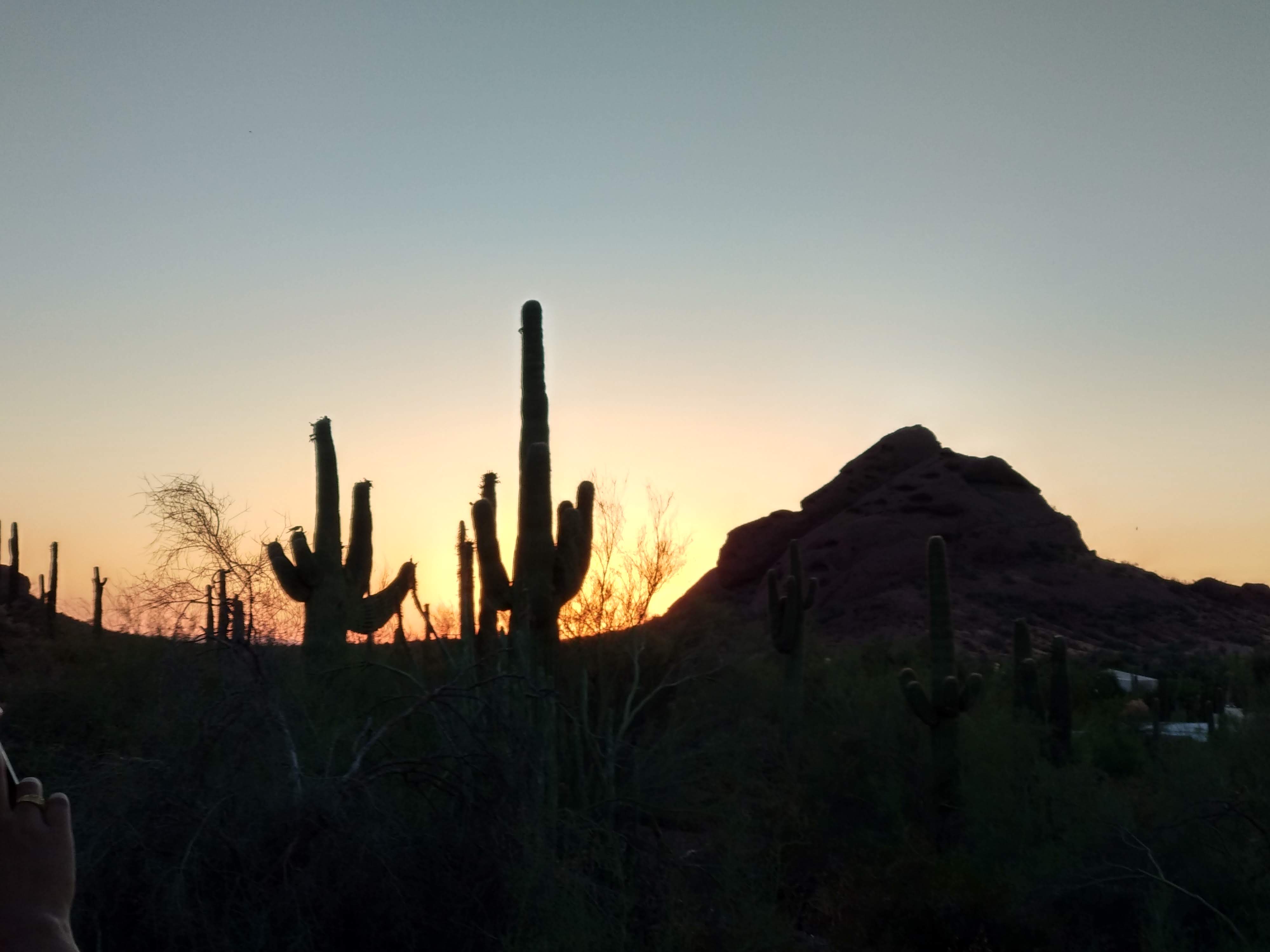
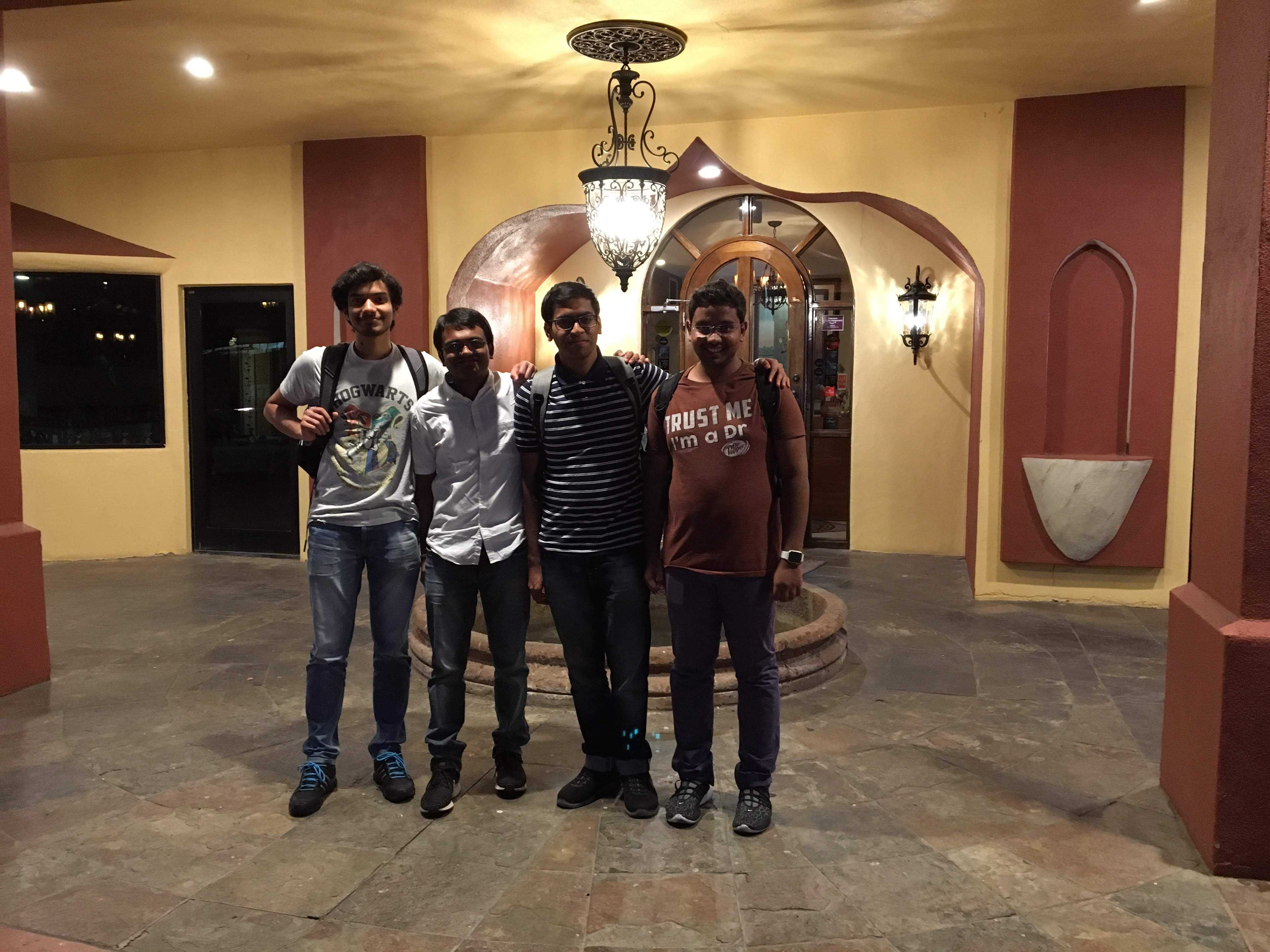
Day 2
The next day was the presentation and as usual, I spend the night before, practicing the presentation. My presentation was the first one. I felt that I was more confident in giving the presentation this time around as compared to the last time but I was still not comfortable enough and ended up speaking faster than I practiced. We were given a 15 minutes presentation slot but I completed my presentation in just 10 minutes. My presentation skills need more practice.
Since I was the first one to present, I was able to focus on the presentations that followed. We didn’t make it to the podium this time. Congratulations to Biswa and Samuel for winning the competition.
The championship wrapped up before the lunch. After the lunch, I attended the workshop on the computer architecture research directions which had really interesting panel discussions by various senior architects. Unfortunately, I was too tired from the night out before and was only able to sit through the first panel. The first panel was the good old Single-threaded vs Multi-threaded discussion.
I went back to my Airbnb to take some rest so I could attend the Turing lecture that was supposed to be held the following evening. This year’s Turing award went to Yoshua Bengio, Geoffrey Hinton, and Yann LeCun for conceptual and engineering breakthroughs that have made deep neural networks a critical component of computing. The key takeaway for me from the lecture was that neuromorphic engineering is the future for deep learning.
Day 3 & 4
This time ISCA was located as part of FCRC which meant that there were a lot of people from different background. Although the interaction between people from different conferences was minimal, it allowed me to meet with a good amount of people who had studied in IITK during my stay there who were attending other conferences. The evenings were mostly spent hanging out with these people both seniors and juniors.
The main conference started from 24th and with my presentation over I was free of any burden. Without any specific agenda, I spent the rest of the conference alternating between attending lectures and interacting with people at random.
Phoenix had very little to offer in terms of tourist spots and the only one that I visited was the Desert botanical garden. The weather in Phoenix reminded of the Indian summer and was a nice (more nostalgic then nice) change from the mild summer we have in Korea. I also went trekking the Camelback mountain with a few of my friends but returned midway because of the excess heat.
Overall the second visit to ISCA was less about the technicalities of computer architecture and more about the functioning of the community and getting to know the community better.